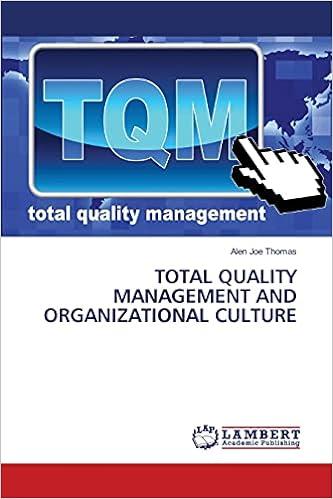
1. (a)(3pts) With reference to a Keynesian Cross diagram, discuss how a government spending increase would affect real aggregate output in the Keynesian Cross Model. Refer to the concept of an expenditure multiplier in your discussion, and show on your graph the effect of the expenditure multiplier on real aggregate output. (b) (4pts) Explain how the increase in government expenditures that you described in part (a) would affect real aggregate output and real interest rates in the IS-LM model. Show the effect on an IS-LM diagram. In your explanation, discuss whether an identical expenditure increase produces the same effect on real aggregate output in the Keynesian Cross and IS-LM models, and why. 2. (3pts)Suppose the government wanted to use economic policy to make private investment expenditures rise, but not change real aggregate output. In the IS-LM model, what combination of monetary and fiscal policy could achieve this goal, and what would happen to the real interest rate under this combination of policies? Explain, with reference to an IS-LM diagram. 1. (a)(3pts) With reference to a Keynesian Cross diagram, discuss how a government spending increase would affect real aggregate output in the Keynesian Cross Model. Refer to the concept of an expenditure multiplier in your discussion, and show on your graph the effect of the expenditure multiplier on real aggregate output. (b) (4pts) Explain how the increase in government expenditures that you described in part (a) would affect real aggregate output and real interest rates in the IS-LM model. Show the effect on an IS-LM diagram. In your explanation, discuss whether an identical expenditure increase produces the same effect on real aggregate output in the Keynesian Cross and IS-LM models, and why. 2. (3pts)Suppose the government wanted to use economic policy to make private investment expenditures rise, but not change real aggregate output. In the IS-LM model, what combination of monetary and fiscal policy could achieve this goal, and what would happen to the real interest rate under this combination of policies? Explain, with reference to an IS-LM diagram







